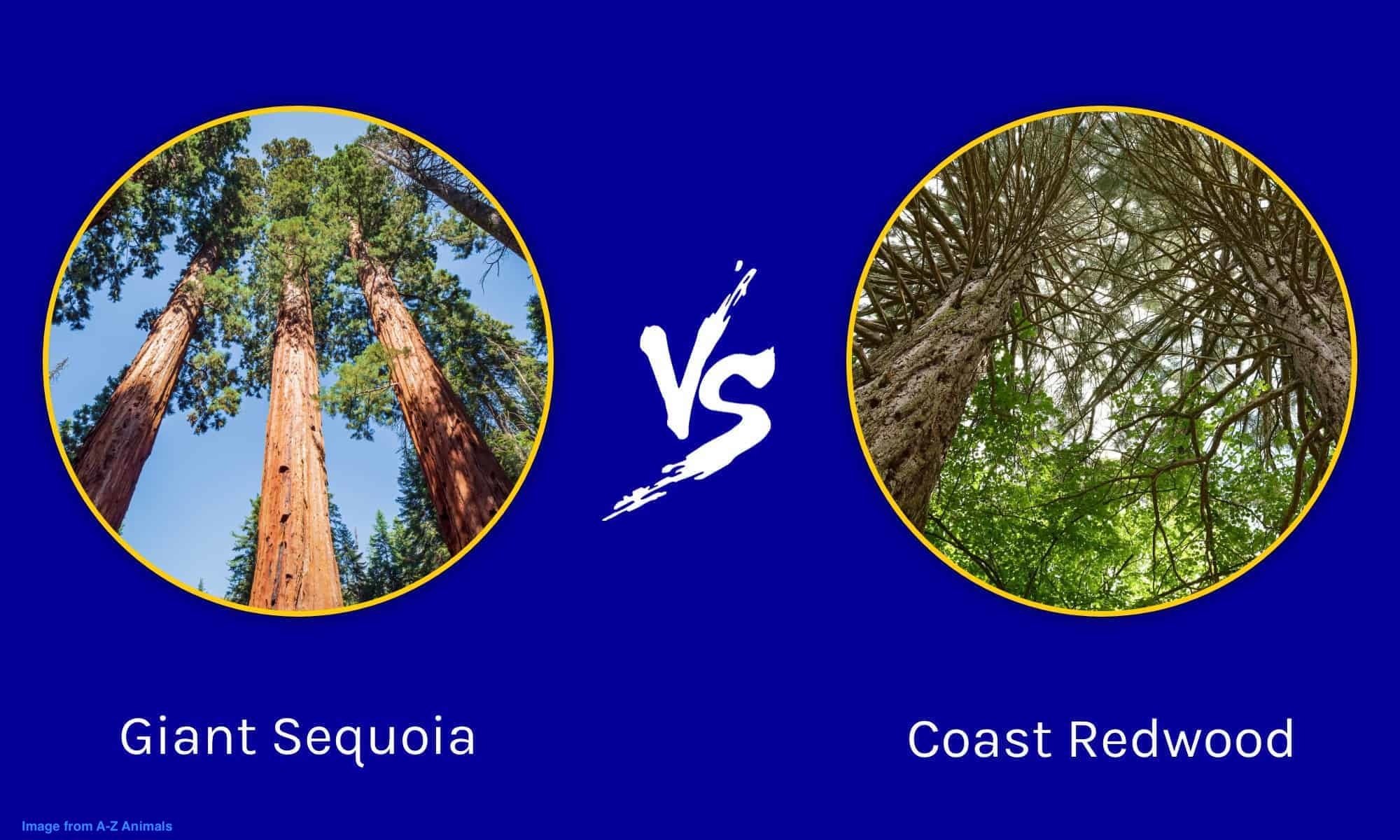Redwoods: A Tale of Two Trees
- Posted on
- By GTree Staff
- Posted in camping, coastal redwoods, giant sequoias, hiking, natural wonders, photography
- 0

If you're planning a trip to northern California, you're in for a treat: the region is home to two of the world's tallest and most impressive tree species, coastal redwoods and giant sequoias. While both trees are members of the redwood family and share many similarities, there are also several key differences that set these two species apart.
If you're planning a trip to northern California, you're in for a treat: the region is home to two of the world's tallest and most impressive tree species, coastal redwoods and giant sequoias. While both trees are members of the redwood family and share many similarities, there are also several key differences that set these two species apart.
Coastal Redwoods: The Tallest Trees on Earth
Coastal redwoods, also known as Sequoia sempervirens, are the tallest trees on earth, reaching heights up to 379 feet. These majestic trees are primarily found along the coast of northern California, stretching from Big Sur to the Oregon border. They're known for their tall, straight trunks and symmetrical, conical crowns, which are made up of narrow, needle-like leaves that are deep green in color.
Giant Sequoias: The Most Massive Trees in the World
Giant sequoias, also known as Sequoiadendron giganteum, are the most massive trees in the world, with trunks that can reach over 100 feet in circumference. These trees are found in a limited area of the Sierra Nevada mountain range, where they thrive in the cool, moist air. Giant sequoias are known for their broad, scale-like leaves and rounded crowns, which are flatter at the top and made up of many smaller branches that are more densely packed together.
Comparing the Two Trees
While both species of trees are magnificent, there are, in fact, several differences that set them apart. Coastal redwoods are taller and more slender, with straight, cylindrical trunks and have fewer, but larger branches. On the other hand, giant sequoias are wider and more massive, with irregular, sometimes fluted trunks and many smaller branches that are more densely packed together. The wood of a giant sequoia is also harder and more dense than that of a coastal redwood, making it more brittle and less useful as lumber. The bark of a coastal redwood is thin and fibrous (often up to 12" thick), while the bark of a giant sequoia is much thicker (up to 31") and more fire-resistant. Both species reproduce from seed, but the redwood is one of the few conifers that is also able to develop sprouts from cut stumps, roots, and burls. The cones (and seed alike) of the giant sequoia are about three times the size of those produced by the redwood, think a large olive compared to a chicken's egg.
Redwood hardiness zones: 7-9
Sequoia hardiness zones: 6-8
In conclusion, whether you're an avid hiker or just a casual observer, a trip to northern California to see the redwoods is a must. The coastal redwoods and the giant sequoias are truly awe-inspiring trees that offer visitors a glimpse into the majesty of nature and the resilience of life. So pack your bags, grab your camera, and get ready to witness two of the world's most incredible tree species for yourself!

Thanks David! Hopefully you'll have time to stop by to see Grandfather Tree
I am planning a trip to see these trees and this site was very helpful. Thank you.